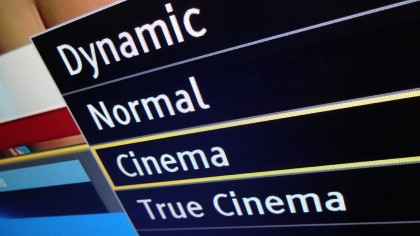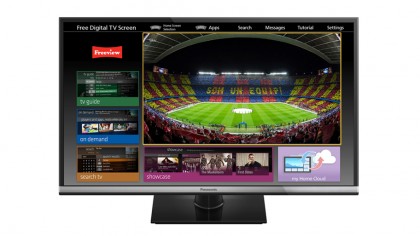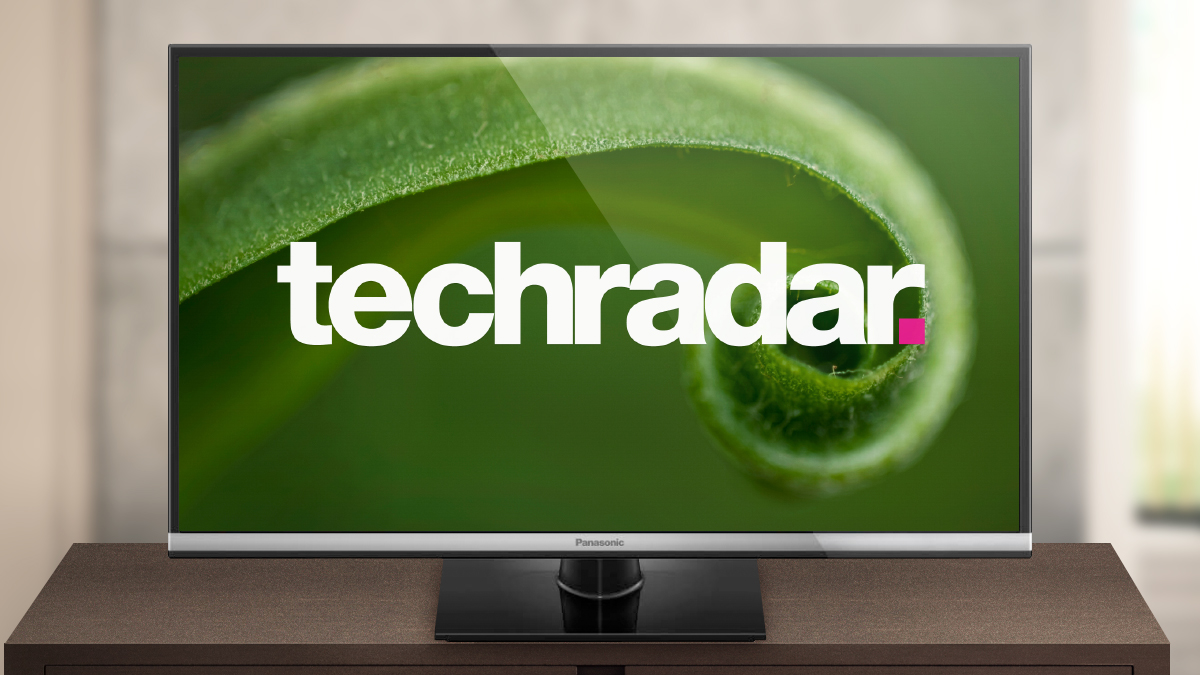Why you can trust TechRadar
Without any 3D to deal with, I played a Blu-ray disc of 12 Years a Slave to see how the TX-32AS600 coped with a top-draw film. Playing initially within the My Home Screen page but pushed to full-screen mode, the TX-32AS600 offers impressive colours out of the box.
Scenes from out in the plantation are initially dazzling, with rich, nuanced colours boasting plenty of saturation accompanied by a natural look to skin tones. There's just enough detail to make that Full HD panel worthwhile, though sharpness isn't the TX-32AS600's particular strongpoint.
This is all from within the cinema setting, which is a good place to start, though does need a few tweaks, including lessening the power of the backlight. Happily, the TX-32AS600 is very flexible, offering a colour management system and even options to change both gamma and white balance.

However, no amount of fiddling can bring the TX-32AS600 up to spec in terms of contrast, which is one of this TV's main problems. While exterior shots from 12 Years a Slave impress, dingier inside scenes, such as when Solomon is thrown in a cell after being captured, are unconvincing and contain little detail. While Solomon is softly lit in these dark surroundings, he's barely visible, and when he is, the picture doesn't look as natural.
Using the set's Ambient Light Sensor tends to make matters worse by dimming the panel, though it's useful in a bright room during the day, when it tones down brightness a tad. If you must then use with caution, it can be toggled on and off in the picture menus.
Despite the black levels and contrast being weak, the TX-32AS600's viewing angle is pretty good with the picture remaining thoroughly watchable when watched from the sides. While some LED panels struggle with uniformity and have blotchy areas of light in the corners and along the sides, that's not true of the TX-32AS600.

Another slight weakness is motion. Unfortunately, the TX-32AS600 doesn't have a natively 100Hz IPS panel, but is blessed only with a 100Hz-like backlight blinking system. It's an algorithm, not a characteristic – and it doesn't really work. It's actually not an issue with Freeview HD channels, but during 12 Years a Slave I noticed some loss of resolution, both when actors moved across a shot and during camera pans, but at least there's little judder on the TX-32AS600 during those pans.
While HD channels from Freeview are the best-suited source there is, considering the TX-32AS600's panel's pros and cons, standard definition channels are nicely upscaled. Soft they may be, but they're very clean and easy to watch. The same goes for digital video files of all kinds of quality, which are stable and fluid, though MKV files in HD resolutions obviously look best.
Current page: Picture quality
Prev Page Introduction and features Next Page Usability, sound and valueJamie is a freelance tech, travel and space journalist based in the UK. He’s been writing regularly for Techradar since it was launched in 2008 and also writes regularly for Forbes, The Telegraph, the South China Morning Post, Sky & Telescope and the Sky At Night magazine as well as other Future titles T3, Digital Camera World, All About Space and Space.com. He also edits two of his own websites, TravGear.com and WhenIsTheNextEclipse.com that reflect his obsession with travel gear and solar eclipse travel. He is the author of A Stargazing Program For Beginners (Springer, 2015),

